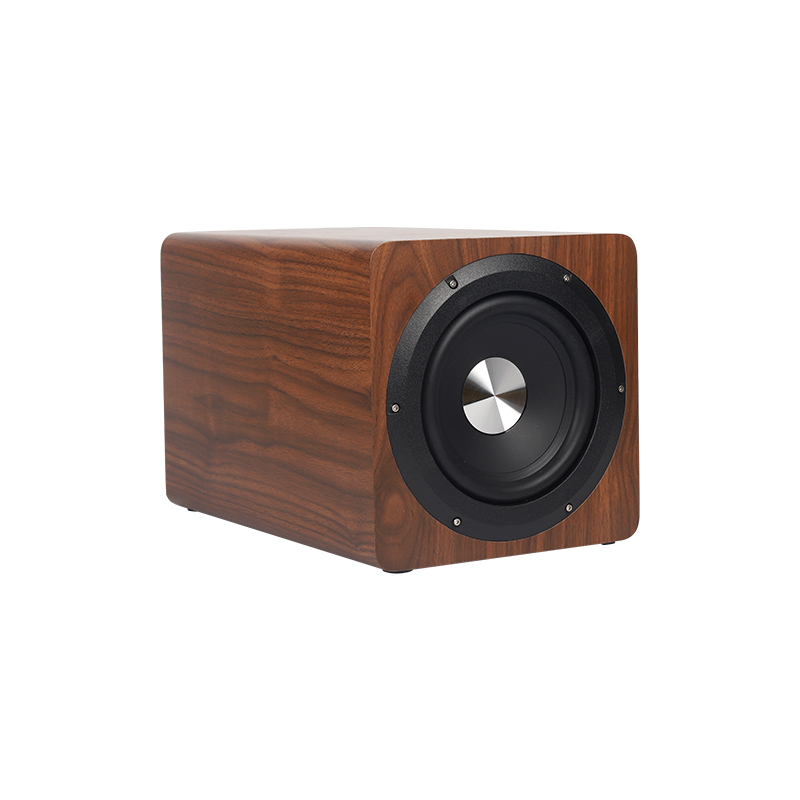A good 5.1 speaker must be crystal clear, even at the maximum volume, it cannot be too saturated. The sound of the intermediate frequency must be clearly distinguished, and there must be no blurred feeling that seems to be blindfolded. The low -frequency sound is deep enough and shocking, so you must not choose a heavy bass speaker with a small sound and lack of meticulous sound. In terms of balance, high -frequency sounds cannot be covered with low frequency, and vice versa. It is best to have a adjustable balance function in this regard.
In addition, when buying speakers, there is often a misunderstanding, that is, the higher the power, the better. Generally speaking, the power value should be marked with the rated output power, and the ratio between the size of the diaphragm and the wattage should be appropriate. For example, the power of the power, usually a speaker with a RMS power of about 15W can produce better dynamic effects.

As for distortion, it is divided into three types: harmonic distortion, interoperability distortion and transient distortion. The smaller the distortion, the better, the distortion of ordinary multimedia speakers should be less than 0.5%, and the distortion of the subwoofer should be less than 5%. The signal -to -noise ratio is that the higher the value, the better, and it should not be lower than 70dB. It should be noted that the power of heavy bass speakers and surround speakers should not be too high or too low, usually the best between 1: 2 and 1: 4.
2. The design and sound field positioning of 5.1 speakers
Like traditional 2.1 speakers, 5.1 speakers are also divided into two parts: surround speakers and heavy bass.
The designs of surround speakers are usually divided into two types: independent unit type and high and middle -sound independent unit type.